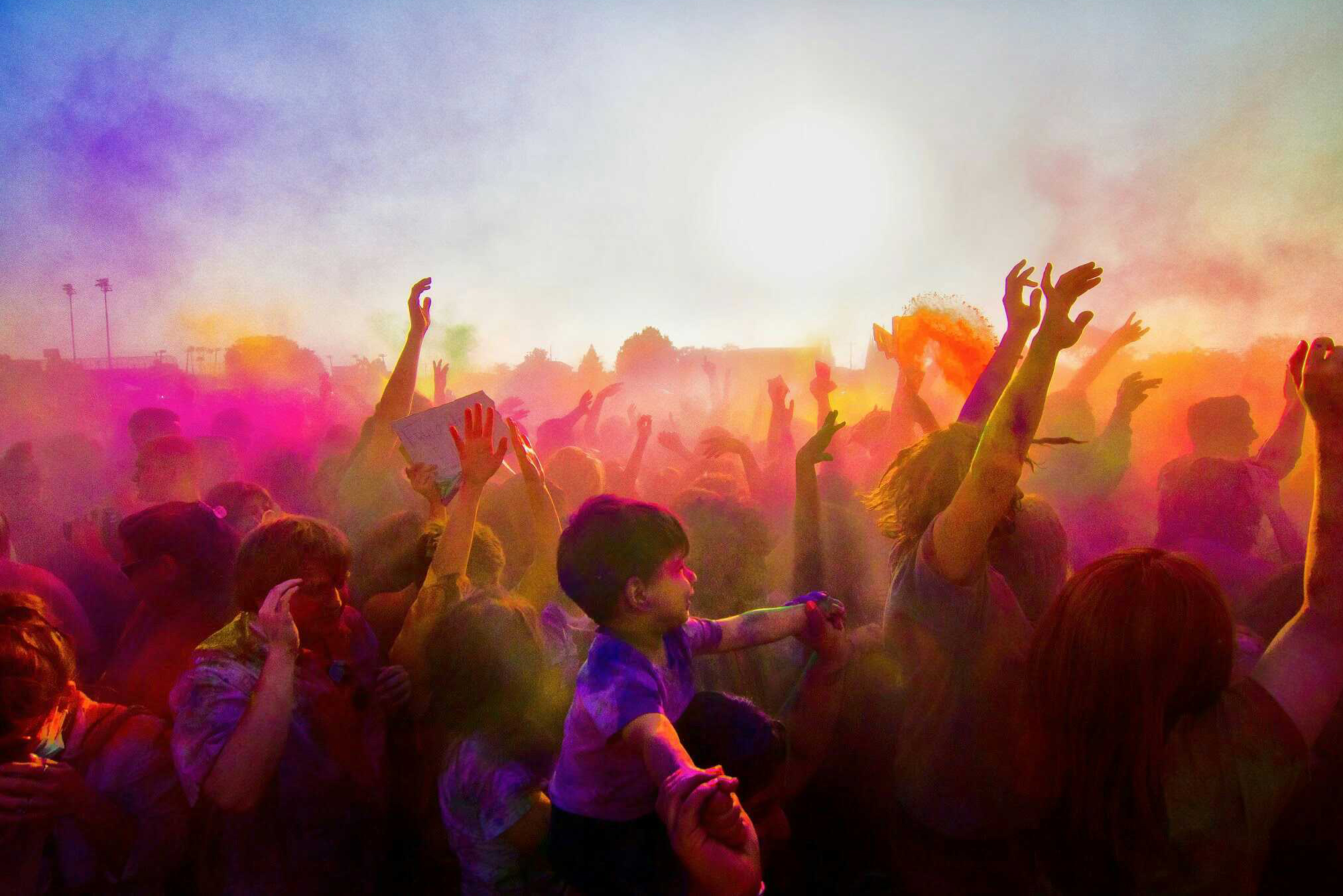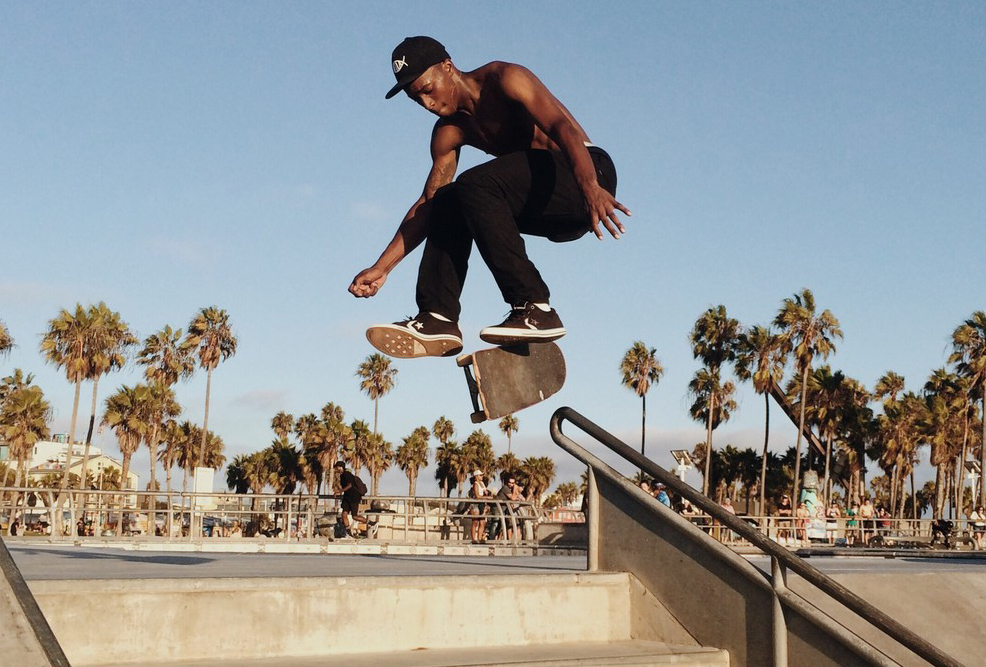Why is visual content marketing regarded as the in thing? Is it really worth investing the time to create amazing visuals for your brand?
While individual opinions vary, most marketers and brand managers are following the visual content marketing trend as if their lives depended on it. The data also clearly backs them up. We’re writing this post to show you all the stats on visual content marketing in one place. Instead of giving you 60 points one after the other, we’ve structured it in a way to make it more consumable. It’s been split into five sections:
- Humans and Visual Content: This section is all about how visual media is much more exciting to human beings than any other medium.
- Benchmark Studies in 2018: This section contains stats based on results of popular benchmark studies done by industry experts. This will give you an idea of what the industry feels about visual content marketing.
- Video Marketing Stats: Inside visual content, video is probably the most sought after and hardest to produce. These stats will give you an idea of how video plays a role in today’s marketing.
- Social Media Stats: These are stats that are relevant to specific social media channels like Facebook, Instagram, and LinkedIn.
- Emerging Visual Marketing Trends: The fifth and final section is devoted to emerging technologies like AR and VR. It’s a sneak peek into how visual content marketing will end up in the future.
Humans and Visual Content
What is it about visual content that makes human beings so attracted to it? Is it because we’re living in a visual world? Are our brains wired to appreciate visual content more? Let’s find out!
- Visuals are processed 60,000 times faster than text.
- People remember 65% of what they see visually after three days. While only 10% is retained when they hear it verbally.
- Even 93% personal interaction with another human being is non-verbal. Human beings communicate mainly via visual cues.
- Seventy percent of all sensory receptors are concentrated on the eye.
- Sixty-five percent of human population are visual learners.
- People spend 10% more time on a page looking at the visuals even if the space taken by visuals are considerably lower.
- People following directions with visuals and text are 323% more likely to succeed than people following directions without visuals.
- YouTube is the second most visited site on the internet and third is Facebook, according to Alexa. Both are platforms that rely heavily on visual content.
- When written information is combined with colorful visuals, the willingness to read shot up by 80%.
As you can see, there’s no doubt that we have a special connection with visual content compared to any other form of content. Now how does this apply to marketing? Let’s see what the industry experts think!
Benchmark Studies: 2018
Top publications like Content Marketing Institute and Social Media Examiner release industry reports every year. These reports are made after surveying thousands of top marketing professionals in the industry. Let’s find out what we discovered this year.
Folks from Social Media Examiner asked marketers to choose the single most important form of content for their business.
- The most popular answer, at 32%, was “Visual Images.”
- Another interesting thing is that B2C marketers (36%) placed more importance on visual images when compared to B2B marketers (32%).
Marketers were also asked to indicate how they’ll change their use of content in the near future. They had the option to indicate whether they’ll increase, decrease or not change it at all.
- 77% of marketers wanted to increase their use of videos.
- 68% of marketers wanted to increase their use of visuals.
- 63% of marketers wanted to increase their use of live video.
When they were asked what forms of content they wanted to learn more about:
- 77% marketers wanted to learn more about videos.
- 68% marketers wanted to learn more about live video.
- 65% marketers wanted to learn more about visual images.
- Also, B2C marketers (71%) are more interested in learning live video than B2B marketers (63%).
When asked about Social Media:
- Most used content in Social Media are visual images. 80% of marketers use visual images in social media.
- 63% marketers use video content in social media.
- 35% marketers use live video in social media.
What does the B2B industry think of content marketing? Folks from CMI asked B2B marketers what type of content they use the most for content marketing purposes:
- 72% of B2B marketers use pre-produced video.
- 65% of B2B marketers use infographics.
- 56% of B2B marketers use photos and illustrations.
The B2C industry also gave similar answers to CMI:
- 76% of B2C content marketers use pre-produced video.
- 67% of B2C content marketers use photos.
- 59% of B2C content marketers use Infographics.
When asked about the most effective type of content for content marketing:
- 45% of B2C content marketers felt that pre-produced videos are the most effective type of content marketing.
- 29% of B2C content marketers thought that illustrations or photos are the most effective.
It’s obvious that top marketing professionals believe in the power of visual content marketing. Among all visual content, they seem to have given an extra preference to video. So let’s see how the video marketing stats stack up.
Video Marketing Stats
Video marketing is one of the most effective arms of visual content marketing. What’s the impact of video marketing in business? It’s nothing short of phenomenal:
- Online video will cause 80% of all traffic by 2021.
- People watch one billion hours of YouTube per day.
- 59% of business executives prefer to watch videos than text.
- Viewers retain 95% of a message when they consume it as video content compared to 10% when reading some text, according to Insivia.
- 90% of users believe that seeing a video helps in their decision process to buy a product.
- Companies using video get 34% more CTRs than companies that don’t.
- According to the same report, companies using video get 41% more web traffic than companies that don’t.
- Also, the report goes on to suggest that companies using video get 34% more web conversion rates than companies that don’t.
- Adding a video to a landing page can increase conversions by 80%.
- 52% marketers feel that video marketing is effective for brand awareness.
Now that you know the importance of video, you just can’t ignore its biggest distribution channel: social media.
Social Media Stats
Social media is probably where the visual boom took off. Now, all the social media sites are completely dominated by visual content. Here are a few stats to give you some perspective.
- 100 million hours of video is daily viewed in Facebook.
- Tweets with visuals are retweeted 150% more than text-only tweets.
- Adding images to a Facebook post can increase engagement by 230%.
- 110 years of live video is consumed on Periscope every day.
- Snapchat users watch more than 10 billion videos every day.
- Vertical videos get 28.5% more post engagement than horizontal videos on Facebook.
- Instagram photos with faces generate 38% more likes.
- User-generated content has 4.5% more chances of conversion in Instagram.
- 46% of viewers believe that a video ad shouldn’t last more than fifteen seconds.
- 85% of Facebook videos are watched without sound.
- After analyzing one million articles, BuzzSumo found that blog posts with an image for every 75-100 words got the maximum number of shares on both Facebook and Twitter.
- 46% of viewers believe that a video ad shouldn’t be more than fifteen seconds.
- 85% of Facebook videos are watched without sound.
- After analyzing one million articles, BuzzSumo found that blog posts that had an image for every 75-100 words got the maximum number of shares on both Facebook and Twitter.
- Using images on LinkedIn posts normally results in a 98% increase of comment rate.
- 82% of users watch video content on Twitter.
Just ten to fifteen years ago, no one would’ve thought that social media would have such a huge impact in content marketing. Similarly, what could be the biggest trend in the coming decade? We are placing our bets on VR and AR.
Emerging Visual Marketing Trends
Visual content marketing has just begun. While video and image are dominating now, newer technologies are making leaps and bounds.
Here are a few stats to give you an idea of how fast these emerging technologies are growing:
- Over one billion people will have access to VR and AR content by 2020.
- In a Magnifyre case study, it was found that 360 degree video outperformed its traditional counterpart by 29% more views.
- VR videos had 36% higher recall when compared to a normal YouTube video, according to Lowe’s home improvement store.
- 44% of consumers buying VR equipment are millennials – who are also the demographic with maximum spending power.
- According to a VR intelligence survey in Europe, the biggest barrier 66% VR technologists see to mass consumer adoption is lack of content. The amount of competition for content creators is going to be very less.
As you can see, the adoption of these new technologies is on the rise. It’s a good idea to start thinking about how you can use these in your visual marketing strategy.
Put all the data into action
There is no doubt that visual content marketing is here to stay for the foreseeable future. Just like any other trend, the sooner you execute, the better the returns. Why wait for your competitors to start? Check out our complete Visual Content Marketing guide to get started!








